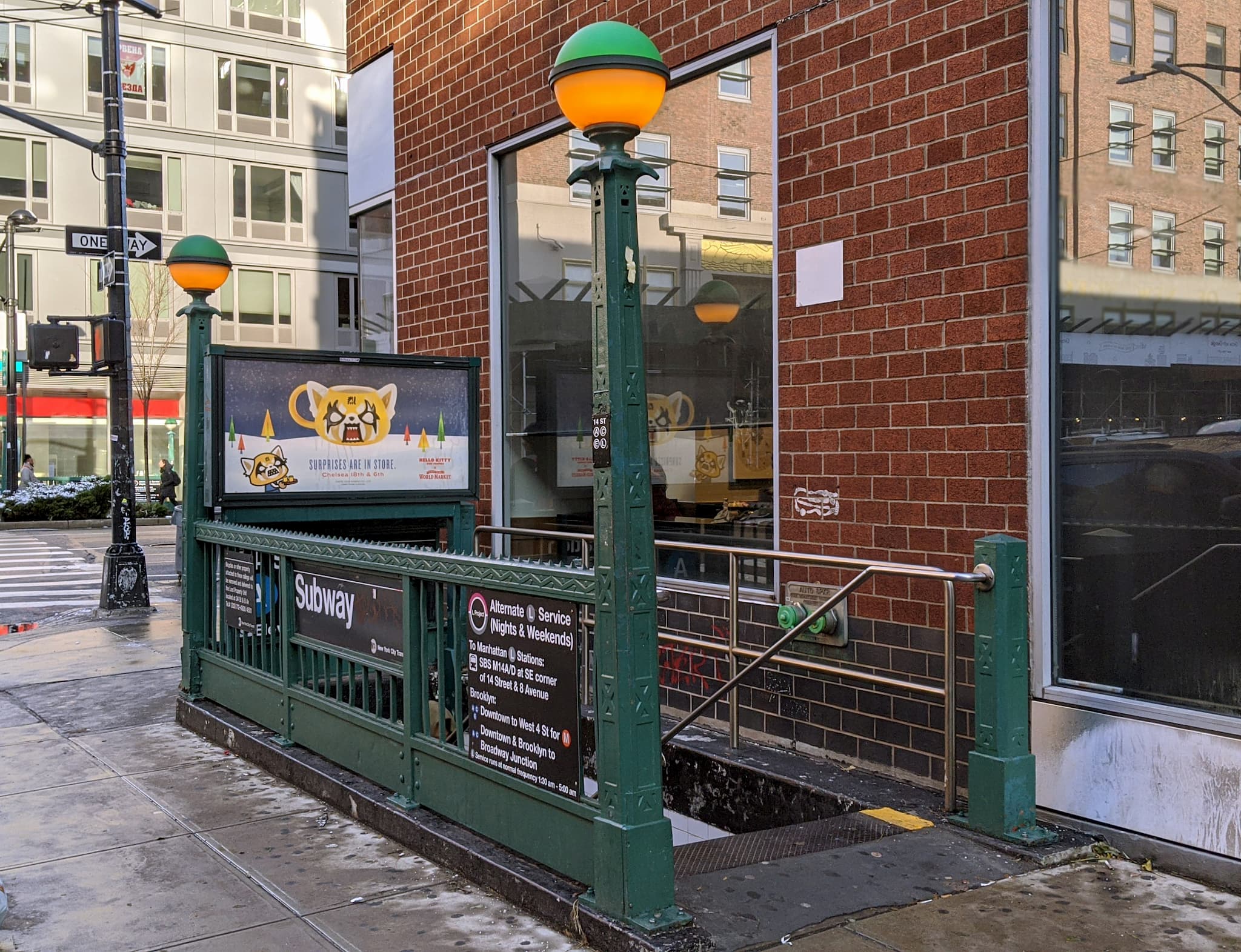Towards the end of October, the MTA and the Department of Homeland security (DHS) plan to work together in order to test New York City’s preparedness in the case of a chemical or biological attack. According to NBC News, they will deploy a non-toxic gas in 120 locations, including many in underground subway stations.
NYC 311, New York City’s official website, warns that between October 18th and 29th, we may see New York City police officers escorting personnel who are performing airflow tests inside and outside subway stations.
Two different tests are being conducted. The DHS described the two tests as “Urban Threat Dispersion (UTD)” and the “Chemical and Bio-defense Testbed (CBT).” The purpose of the UTD is to collect data on how a biological agent released in a metropolitan area will react. NYC 311 explains that it will “involve the release of safe gas and the collection of air samples and materials that settle on the ground and other surfaces afterward.” The CBT is being used to test the subways detection system for a chemical-biological agent. The purpose of these studies, according to the MTA, “will track movement of non-toxic material and the results from these tests will be used to learn more about the relationship between airflow in street level and underground environments.”
The DHS released a report that there will be no significant impact due to their testing. They evaluated the testing’s potential impact on the public, such as public health and safety, air quality, and the possible environmental effect it could have. Everything they evaluated came back with little to no harmful impact.
This is not the first time the federal government has conducted tests such as these. In 2016, they performed biological-chemical tests on other major cities in addition to New York, such as Washington D.C and Boston. The program manager of the Chemical and Biological Defense Division of the US Department of Homeland Security, Donald Bansleben, told reporters at the time that “We’re not aware of any specific threats against the subway. We are just trying to make sure that we are prepared.” It’s unclear whether it’s the same case for the current testing plans, but there doesn’t seem to be any cause for concern. There’s no indication in the DHS’s or the MTA’s report that there are any threats against the subway system or NYC. They’re most likely collecting more data for future reference.
Throughout the summer, the DHS Science and Technology Directorate has been installing bio-detection sensors in various subway stations in what they’re calling the “Urban Areas Security Initiative.” They plan to distribute additional sensors in more stations through next year. These devices are supposed to “detect chemical and biological threats inside an actual subway environment” according to the DHS. They hope to use the information they collect in NYC and apply it to other major cities and transportation hubs.
The testing and the sensor installations may seem alarming, but as Bansleben explains, “we need information faster. Rapid identification of a chem-bio attack is imperative to save lives and prevent spread.” While there may not be any immediate threat, it’s best to be prepared for any possible risks, as opposed to facing a biochemical attack with no means of stopping it.











